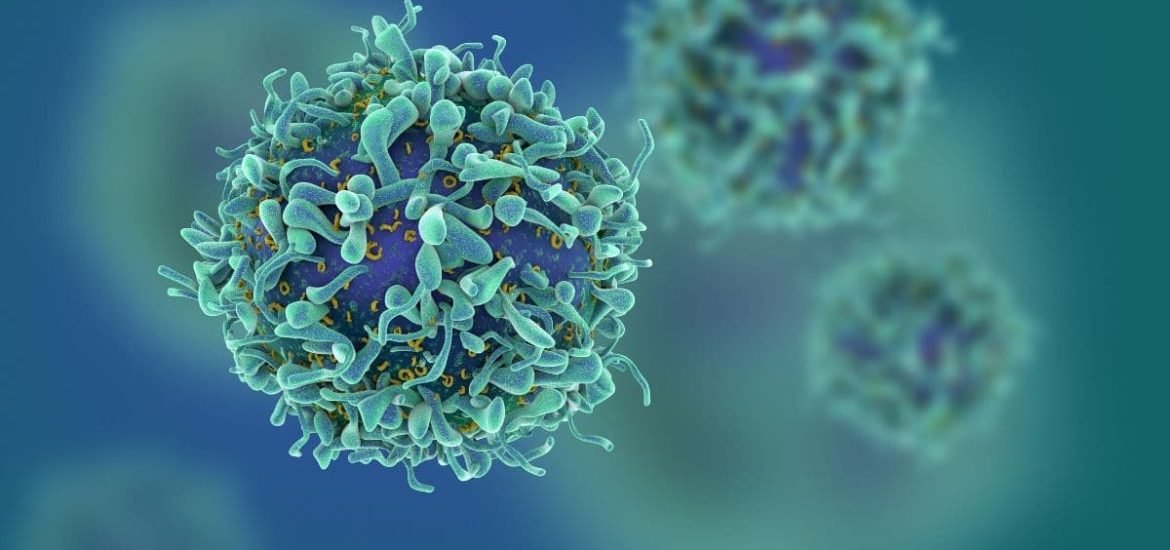
The first ‘cell atlas’ of the human thymus gland, presented in a new paper published on 21 February in Science (1), will help researchers understand how the immune system changes over time and how T cells develop. This new knowledge could potentially open up new avenues for treating cancer, immunodeficiency disorders, and autoimmune diseases.
The human body is made up of more than 32 trillion cells, grouped into specialised cell types that perform specific functions, and the Human Cell Atlas is an ambitious project — a collaboration between 1,029 institutes in 71 countries around the world, which began in 2016 — to map the locations of these various cells types within the human body.
As part of the initiative, for the first time, scientists have mapped the human thymus gland. The small organ is located behind the breastbone and is responsible for making vital immune cells called T cells, which play a crucial role in fighting infection and disease, including cancer, severe combined immunodeficiency, and Type 2 diabetes.
To understand how the thymus develops and produces these crucial cells, the researchers at the Wellcome Sanger Institute, Newcastle University, and Ghent University analysed thymus tissue throughout the entire human lifespan, from cells in the embryo to adults.
In a statement, first author Dr Jongeun Park of the Sanger Wellcome Trust said: “We have produced a first human thymus cell atlas to understand what is happening in the healthy thymus across our lifespan, from development to adulthood, and how it provides the ideal environment to support the formation of T cells.”
“This openly available resource will allow researchers worldwide to understand how the immune system develops to protect our body”. All of the data, protocols, and tools developed by the international effort are freely available to the research community.
The researchers performed single-cell RNA sequencing on more than 250,000 individual cells in thymus tissue from adults and children, as well as embryonic and fetal thymus glands. Then, they used the data to create models of how T cells with different specific immune functions develop in humans.
By doing so, the scientists were able to uncover new cell types and signals. They hope this new knowledge can be used to build more robust models in the laboratory to generate therapeutic T cells and improve upon existing immunotherapies such as CAR T cells for cancer treatment.
The authors write: “We identified more than 50 different cell states in the human thymus. Human thymus cell states dynamically change in abundance and gene expression profiles across development and during pediatric and adult life”.
“With this thymus cell atlas, we are unravelling the cellular signals of the developing thymus, and revealing which genes need to be switched on to convert early immune precursor cells into specific T cells,” said senior author Prof Muzlifah Haniffa at Newcastle University in a statement.
“This is really exciting as in the future, this atlas could be used as a reference map to engineer T cells outside the body with exactly the right properties to attack and kill a specific cancer—creating tailored treatments for tumours”.
(1) Park, J-E. et al. A cell atlas of human thymic development defines T cell repertoire formation. Science (2020). DOI: 10.1126/science.aay3224
Image: T cells, which develop and mature in the thymus, are critical to the immune system.